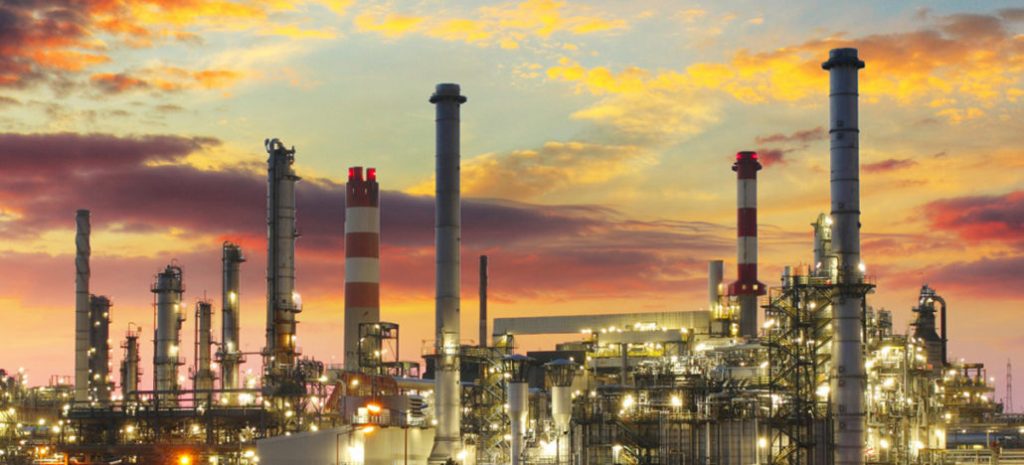0
No products in the cart.
No products in the cart.

1. The accuracy of the detectors is an important precondition for the alarm when the toxic gas or flammable gas concentration reaches the alarm point in the detection. Correct and timely is the aim of the personal and production safety.
2. The accuracy of the detectors depends on the sensors. While the electrochemical sensors used to measure toxic gases such as carbon monoxide and hydrogen sulfide are not worn out or consumed by exposure to CO or H2S, they still eventually need to be replaced when they are no longer able to detect gas. Although CO and H2S sensors may last for years without significant loss of sensitivity, the loss of sensitivity at the end of life may be sudden. Incidental exposure to other substances may also reduce sensitivity. For instance, many electrochemical sensors can be permanently affected by exposure to organic solvents and alcohols. Exposure to methanol is well known to affect the performance of CO and H2S sensors.
3. At the moment, all the gas detectors haven’t been able to get rid of the relative measurements and because of this, the device needs timely maintenance and calibration. Only under the correct guidance of the manufactures, the accuracy of the test results can be guaranteed.
4. To guarantee the detection error is not exceeded in normal range, it is necessary to perform calibrations frequently. Just like an automatic watch needs period calibrations and adjustments regularly in order to keep accurate time, so do gas detectors whose accuracy is much more important when the detection results involve the safety of human life.
17th July 2021 | By SafeGas
Copyright © 2022 All rights reserved. Website by Perth Web Media